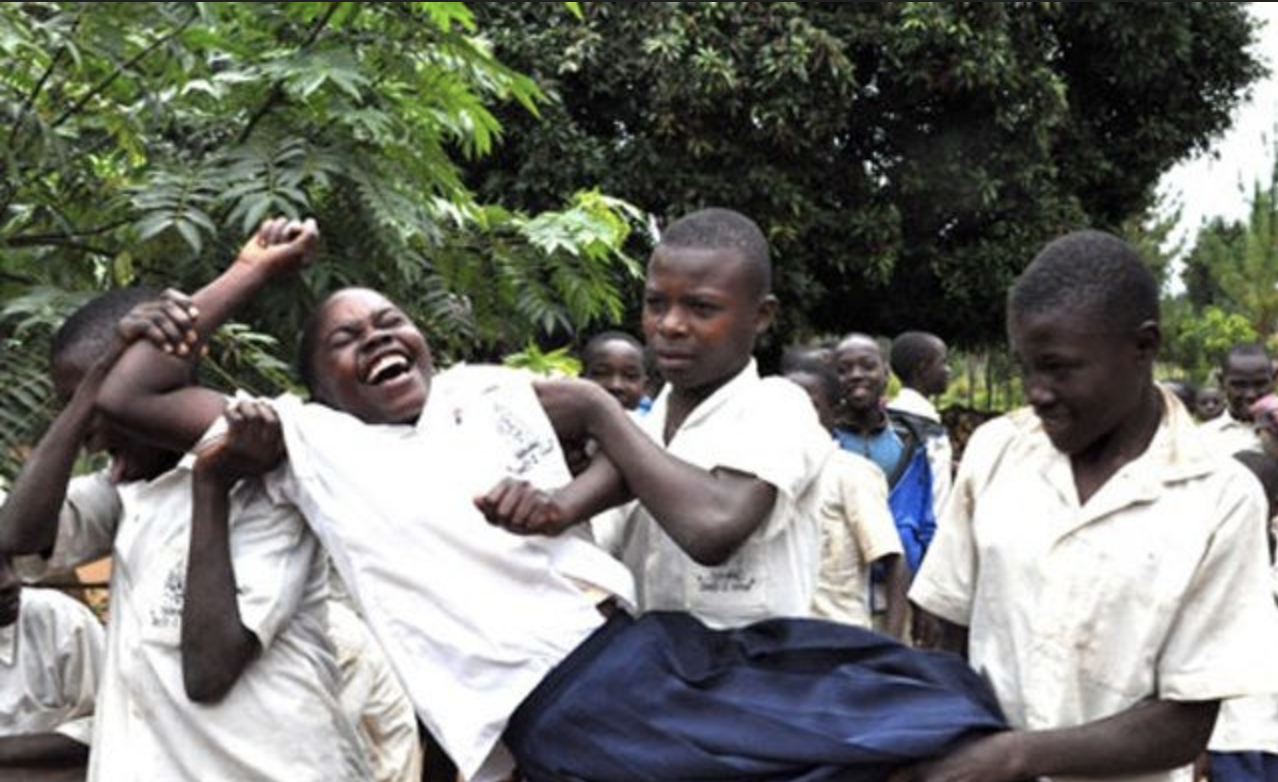
Determining the “most strange” news story of all time is subjective and can vary based on personal opinions and interpretations. However, there have been numerous bizarre and unusual news stories throughout history that have captured public attention due to their sheer peculiarity. Here’s one such story that is often cited among the strangest:
The Tanganyika Laughter Epidemic (1962): In a small village in Tanzania (formerly Tanganyika), a mysterious laughter outbreak occurred at a mission-run boarding school. What started as a case of one student laughing uncontrollably for no apparent reason escalated into a bizarre epidemic, with over 100 students affected. The contagious laughter spread rapidly, leading to an uncontrollable and hysterical laughing frenzy that lasted for several months. The laughter was uncontrollable and often accompanied by physical symptoms like crying, fainting, and respiratory problems.
Doctors and psychologists struggled to explain the phenomenon, attributing it to mass hysteria or a psychogenic illness triggered by stress or anxiety. Despite attempts to contain it, the epidemic eventually faded away, leaving behind a bewildering and still unexplained event in medical history.
While this story is frequently regarded as one of the most peculiar incidents, many other bizarre occurrences exist, from historical oddities to modern-day mysteries. The “most strange” news story often varies depending on cultural context, individual perspectives, and the range of inexplicable events witnessed throughout history.
In the annals of bizarre and inexplicable occurrences, few incidents stand out as peculiar and mystifying as the Tanganyika laughter epidemic of 1962. Nestled in a small village in what was then Tanganyika (now Tanzania), this incident captivated the world’s attention with its strange and unprecedented nature.
It all began innocuously enough, within the walls of a mission-run boarding school. A seemingly isolated case of a student bursting into fits of laughter without any apparent cause sparked the initial curiosity. However, what followed was beyond anyone’s comprehension – the laughter spread like wildfire among the students.
What started with one individual soon escalated into an epidemic, affecting over 100 students. Laughter became uncontrollable, persistent, and infectious. It was a laughter that knew no bounds, engulfing those afflicted for hours, sometimes days, without respite. The uncontrollable hilarity brought with it an array of physical symptoms, including crying, screaming, fainting, and even respiratory problems.
Doctors, psychologists, and anthropologists found themselves thrust into a perplexing conundrum. Various theories attempted to rationalize the inexplicable phenomenon. Some attributed it to mass hysteria, suggesting that social and psychological factors within the school triggered a collective response. Others explored the possibility of a psychogenic illness, linking the laughter outbreak to stress, anxiety, or cultural beliefs.
Efforts to contain the laughter epidemic proved futile. As perplexing as the outbreak itself was its erratic nature – the laughter spread beyond the confines of the school, affecting neighboring villages and communities.

The epidemic eventually waned, leaving behind a trail of unanswered questions and a profound sense of intrigue. What triggered this unusual chain reaction of laughter? Why did it spread so rapidly and persist for months? What was the root cause of this unprecedented mass hysteria?
Decades have passed since the Tanganyika laughter epidemic, yet it remains a haunting enigma in the realms of medical and social sciences. The incident stands as a testament to the complexities of human behavior, the power of suggestion, and the mysteries of collective consciousness.
While modern science has made significant strides in understanding psychological phenomena, the Tanganyika laughter epidemic remains a reminder of the inexplicable and the enduring mysteries that continue to perplex our understanding of the human mind.
As we reflect on this peculiar incident from history, it serves as a humbling reminder that amidst our scientific advancements, there are still facets of human behavior that elude easy explanation, leaving us in awe of the complexities of the human experience.

Our team of writers, armed with a healthy dose of caffeine and an overflowing imagination covers wacky and weird news. From politics to pop culture, from bizarre headlines to analysis, we take a sideways glance at the world’s happenings, delivering news in a way that’s informative, entertaining, and occasionally eyebrow-raising.






